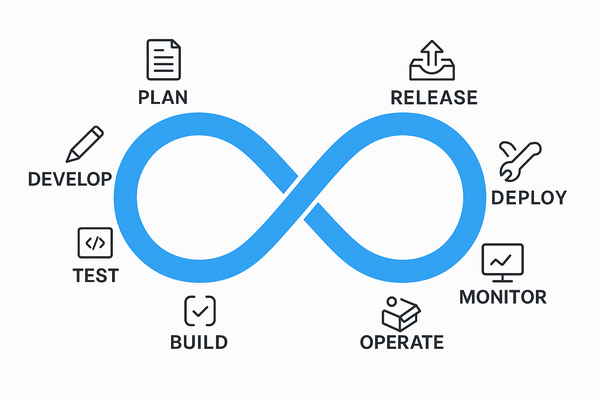🌍 What Happened?
ISRO successfully launched the ISRO CMS-03 satellite, also known as GSAT-7R, on November 2, 2025.
It was carried into space by India’s most powerful rocket, the LVM3-M5, often called “Bahubali” for its strength.
At 4,410 kg, ISRO CMS-03 satellite became the heaviest communication satellite ever launched from Indian soil. This achievement, therefore, marks another major leap in India’s journey toward space self-reliance
Date of Launch: November 2, 2025
Launch Vehicle: LVM3-M5 (“Bahubali”)
Launch Site: Satish Dhawan Space Centre, Sriharikota
Why Was ISRO CMS-03 satellite Launched?
India’s Navy depends heavily on satellites to stay connected across the vast Indian Ocean.
The old GSAT-7 (Rukmini) satellite launched in 2013 had started aging and couldn’t handle the new generation of high-speed, secure communication needed by modern defense forces.
So, ISRO CMS-03 satellite was launched to replace GSAT-7 and provide:
Stronger, faster, and safer communication links
Better coverage over wide ocean areas
Reliable connections for ships, submarines, aircraft, and naval bases
What Problem Does It Solve?
1. Outdated Communication Systems
Older satellites had limited bandwidth and slower data transfer.
CMS-03 brings multi-band technology (C, Extended C, and Ku bands) that allows faster, high-capacity communication — perfect for real-time operations.
2. Limited Ocean Coverage
India’s Navy operates across thousands of kilometers of ocean.
CMS-03 extends coverage across the entire Indian Ocean Region, ensuring constant, encrypted communication even in remote waters.
3. Security Risks
In an era of digital warfare, communication must be encrypted and interference-free.
CMS-03 offers secure, military-grade communication, helping the Navy protect its networks from hacking or interception.
4. Civilian Connectivity Gaps
Beyond defense, CMS-03 also supports digital access for remote islands and coastal areas, improving internet and telecom services where fiber networks can’t reach.
How Does It Work?
CMS-03 carries advanced transponders that can transmit voice, video, and data securely through space.
It orbits in Geosynchronous Transfer Orbit (GTO) — meaning it stays fixed relative to Earth, ensuring stable communication 24/7.
WhyI SRO CMS-03 satellite a Big Deal for India
- Shows India can build and launch heavy satellites on its own
- Strengthens maritime security and defense communication
- Boosts digital reach to distant parts of the nation
- Proves ISRO’s growing self-reliance in space technology
Final Thought
The CMS-03 launch isn’t just another satellite mission — it’s a strategic milestone.
It ensures India’s Navy stays connected, protected, and prepared in the digital age while also bringing communication access to areas beyond the reach of cables.
With ISRO CMS-03 satellite, India has strengthened its voice — both on Earth and in space
Next Steps :
- Follow our DevOps tutorials
- Explore more DevOps engineer career guides
- Subscribe to InsightClouds for weekly updates
- Devops tutorial :https://www.youtube.com/embed/6pdCcXEh-kw?si=c-aaCzvTeD2mH3Gv


